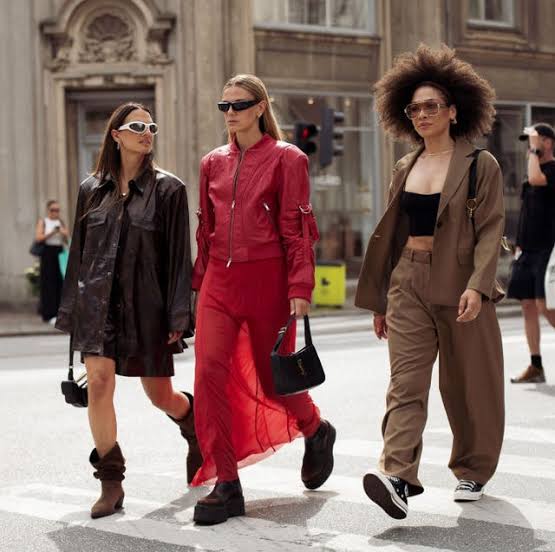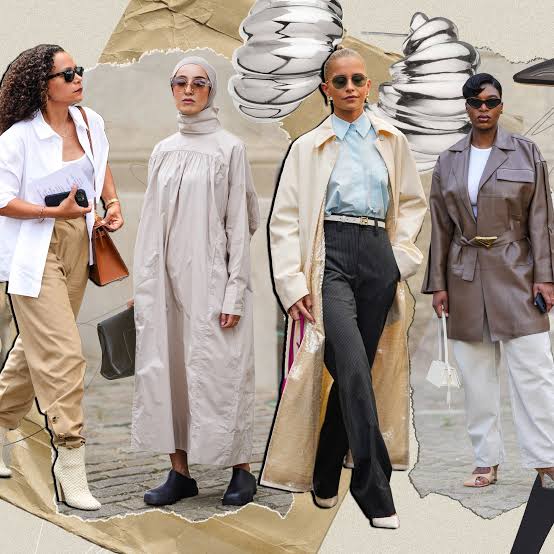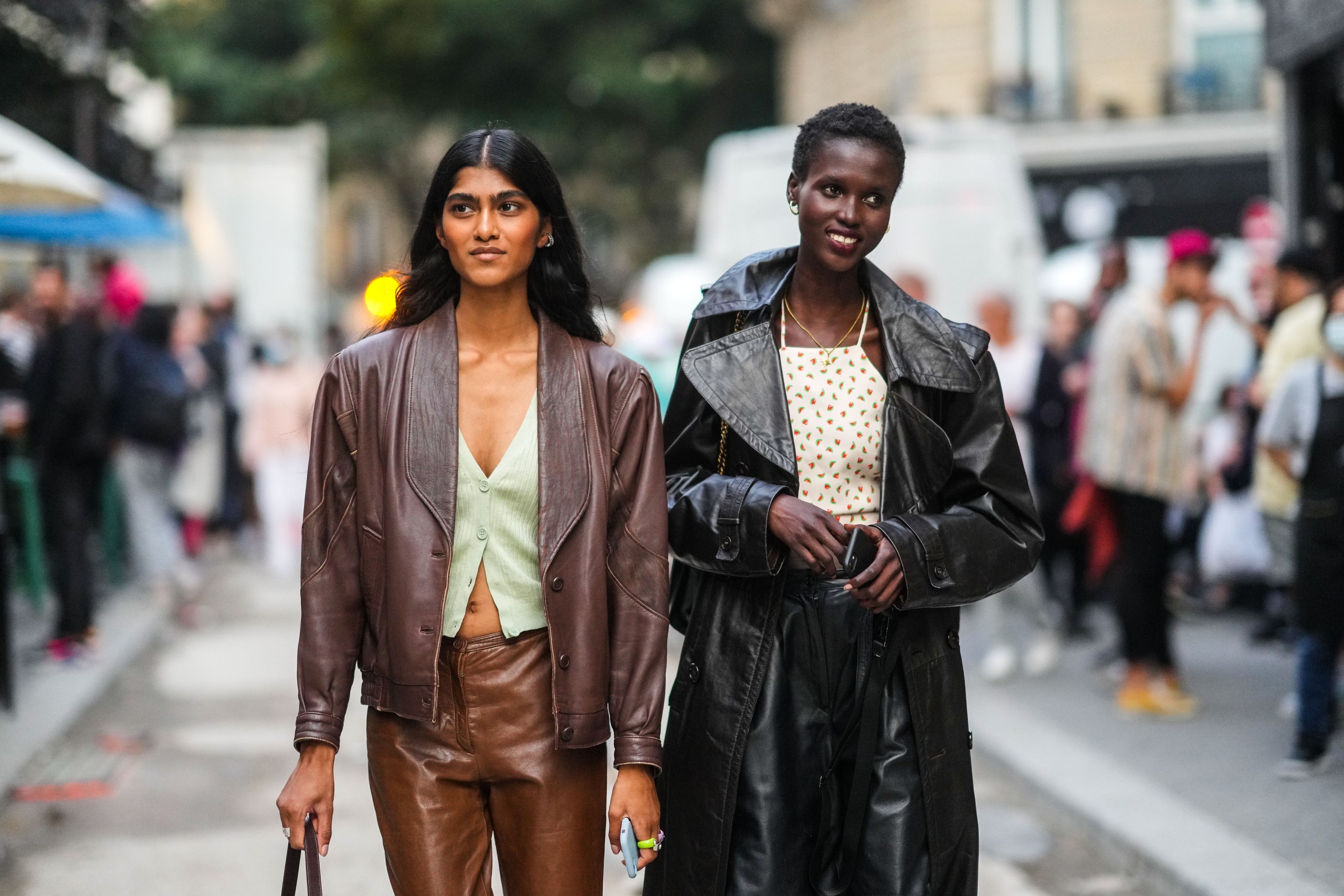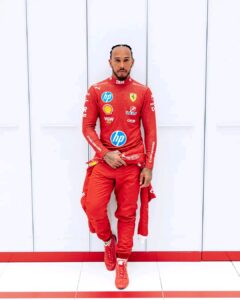
In today’s rapidly changing world, fashion has become more than just a means of covering the body or expressing one’s taste in clothing. It has morphed into a powerful cultural force that shapes identities, influences industries, and reflects broader societal shifts. From high-tech fabrics and eco-conscious collections to gender-fluid garments and digital fashion influencers, the modern fashion landscape is one of constant innovation and reinvention. In this article, we explore the key trends, cultural shifts, and technologies driving fashion in the modern era, and how it reflects the evolving nature of individualism, consumerism, and global connectivity.
The Democratization of Fashion

Perhaps one of the most defining aspects of modern fashion is its democratization. No longer confined to exclusive runways or high-end designer labels, fashion has been made more accessible to the masses thanks to fast fashion, social media, and e-commerce platforms. Today, anyone with an internet connection can scroll through the latest trends on Instagram, shop directly from their favorite brands’ websites, and even start their own fashion line using platforms like Shopify or Etsy.
Social media has been a key player in leveling the fashion playing field. Instagram, TikTok, and Pinterest serve as hubs where fashion lovers of all backgrounds share their styles, ideas, and tips, fostering a global exchange of fashion culture. Influencers—once dismissed as mere trend followers—have become pivotal figures in setting trends and shaping the tastes of entire generations. These platforms have also provided a space for small, independent designers to thrive, gaining attention and sales without needing the backing of a big brand or retailer.
While this democratization has made fashion more inclusive, it has also raised concerns about the sustainability of fast fashion. Mass production, combined with the rise of consumerism fueled by influencer culture, has resulted in vast amounts of waste, leading to environmental degradation and exploitative labor practices. Yet, even in this area, the fashion industry is experiencing a shift, with more brands and consumers demanding transparency and accountability.
Sustainability and Ethical Fashion: The Rise of Conscious Consumerism

One of the most significant trends in fashion today is the move towards sustainability and ethical fashion. With climate change and environmental concerns at the forefront of global discussions, the fashion industry, notorious for its high levels of waste and pollution, has had to adapt. More brands are now adopting eco-friendly materials, ethical labor practices, and transparent supply chains.
From luxury houses like Stella McCartney to popular fast fashion retailers like H&M, companies are increasingly incorporating sustainable practices into their business models. Whether it’s using organic cotton, recycled polyester, or creating biodegradable packaging, these efforts reflect a growing demand for products that align with consumers’ values.
Meanwhile, a new generation of consumers—especially Millennials and Gen Z—are driving this change by making conscious purchasing decisions. Many are choosing to support brands that prioritize sustainability, reject exploitative labor practices, and promote diversity. The “buy less, buy better” movement encourages consumers to purchase fewer, higher-quality items that will last longer, rather than constantly cycling through trendy, disposable garments.
Thrifting and second-hand shopping have also made a massive comeback, with platforms like Depop and Poshmark allowing users to buy and sell used clothing. This circular fashion economy is not only helping reduce waste but also enabling individuals to find unique, vintage pieces that stand out from mass-produced trends.
Technology Meets Fashion: Smart Fabrics and Virtual Runways

The integration of technology into fashion has revolutionized the industry in unprecedented ways. Innovations such as smart fabrics, 3D printing, and augmented reality (AR) are changing the way clothes are designed, produced, and worn.
Smart fabrics, for instance, are textiles that incorporate technology to enhance functionality. These fabrics can monitor the wearer’s heart rate, regulate body temperature, or even charge electronic devices. Athleisure brands have been early adopters of these technologies, offering clothing that seamlessly merges style and functionality.
3D printing is another groundbreaking development, allowing designers to create intricate, one-of-a-kind pieces that would be impossible or too costly to produce using traditional methods. This technology also reduces waste by producing only what is needed, offering a more sustainable solution to overproduction.
Virtual fashion shows and digital clothing are further evidence of how fashion is embracing the digital age. During the COVID-19 pandemic, many brands had to pivot to online platforms, leading to the rise of virtual runways. Digital models, AR fittings, and virtual reality (VR) shopping experiences are becoming more common, with fashion houses experimenting with ways to engage consumers in immersive, tech-driven environments.
Moreover, the concept of “digital fashion” has emerged, where clothing exists solely in the virtual world. Brands like The Fabricant and Carlings have created digital garments that consumers can “wear” in online spaces, such as social media or video games. This trend speaks to the increasing influence of digital identities and the blending of the physical and virtual worlds in fashion.
Gender Fluidity and Breaking Traditional Norms
The modern fashion era is also characterized by a breaking down of traditional gender boundaries. Fashion is becoming more fluid, with androgynous styles gaining popularity and many brands launching gender-neutral collections. High-profile celebrities like Harry Styles, Janelle Monáe, and Billy Porter have embraced gender-fluid fashion, challenging societal norms and making headlines for their bold, boundary-pushing looks.
The rise of genderless fashion reflects a broader cultural shift towards inclusivity and acceptance of diverse gender identities. This has been accompanied by the growing visibility of non-binary and transgender models on runways and in major advertising campaigns, signaling that fashion is becoming a more inclusive space for people of all identities.
Brands like Telfar and Collina Strada have become champions of gender-fluid fashion, creating collections that do not adhere to traditional ideas of masculinity and femininity. This approach resonates with a generation that increasingly rejects binary categorizations in favor of self-expression and individuality.
The Role of Fashion in Social Movements
Fashion has always been a powerful tool for political expression, and this has only intensified in the modern era. From the Black Lives Matter movement to climate activism, fashion is being used to raise awareness, make political statements, and foster solidarity.
In 2020, the fashion world saw a surge in designers and brands using their platforms to support social justice causes. For instance, Pyer Moss, founded by Kerby Jean-Raymond, has created collections that center on Black culture and activism. Other designers have used their runway shows to highlight issues such as immigration, LGBTQ+ rights, and climate change, turning fashion into a platform for advocacy and change.
Beyond the runway, the rise of fashion activism has seen ordinary people using their clothing to make statements. Wearing a slogan t-shirt, sporting a symbolic accessory, or adopting a particular style can serve as a form of resistance or solidarity with a cause. This kind of fashion activism is especially prevalent on social media, where users can instantly share their looks—and the messages behind them—with a global audience.
The Future of Fashion: Inclusivity, Innovation, and Individualism
As we look towards the future of fashion, it’s clear that inclusivity, innovation, and individualism will continue to drive the industry forward. Fashion is no longer about conforming to trends dictated by a select few; it’s about expressing one’s unique identity in a way that feels authentic.
Advancements in technology, such as AI and machine learning, will further personalize the shopping experience, offering consumers tailored recommendations based on their preferences and behaviors. Virtual fitting rooms, augmented reality shopping, and AI-driven design processes are set to transform how we engage with fashion.
At the same time, the push for sustainability will become even more critical, with brands adopting more eco-friendly practices and consumers demanding greater accountability. Circular fashion models, like renting clothes or swapping garments, will likely become more mainstream as consumers seek to reduce their environmental impact.
Fashion in the modern era is more than just an industry; it is a reflection of our times—our values, our aspirations, and our collective vision for the future. Whether through digital innovation, sustainable practices, or the breaking of traditional norms, fashion continues to evolve, offering us new ways to express who we are and where we’re headed.







This was truly educational. Please I look forward to new issues